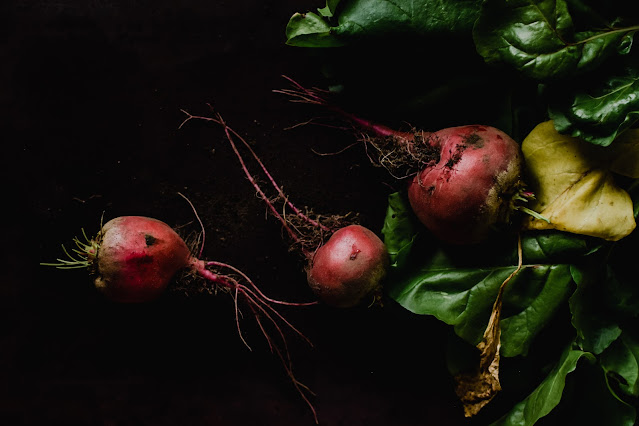The History Of Rangoli
Introduction
Rangoli, also known as Kolam or Muggu, is a folk art from India in which patterns are created on the floor in living rooms or courtyards using materials such as colored rice, dry flour, colored sand or flower petals.
It is usually made during Deepawali, Onam, Pongaland other Indian festivals. They are meant to be sacred welcoming areas for the Hindu deities generation to the next, keeping both the art form and the tradition alive.
Similar practices are followed in different states of India: Kolam in Tamil Nadu; Mandana in Rajasthan; Chaookpurna in Chhattisgarh; Alpana in West Bengal; Aripana in bihar; Chowk pujan in Uttar Pradhesh; Muggu in Andhra Pradhesh;Golam kolam or kalam in Kerala and others.
Purpose
The purpose of rangoli is decoration, and it is thought to bring good luck. Design depictions may also vary as they reflect traditions, folklore and practices that are unique to each area. It is traditionally done by women. Generally, this practice is showcased during occasions such as festivals, auspicious observances, marriage celebrations and other similar milestones and gatherings.
Rangolis designs can be simple geometric shapes, deity impressions, or flower and petal shapes (appropriate for the given celebrations), but they can also be very elaborate designs crafted by numerous people. The base material is usually dry or wet powdered rice or dry flour, to which sindoor (vermilion), haldi (turmeric) and other natural colors can be added. Chemical colors are a modern variation. Other materials include colored sand, red brick powder and even flowers and petals, as in the case of flower rangolis.
Creation
Traditionally, Rangolis are made on a square grid in North India and on a hexagonal grid in South India while Onam Rangolis are typically circular. Material used is also respectively different. In North India, the color is based on gypsum (chirodi), in the South India on rice flour and Onam Rangolis are typically flower based. Due to rapid and widespread migration and mixing of people within India these styles are now freely adopted and mixed. Indians create grid-free Rangolis, experiment with materials like using saw-dust for floating Rangolis, using grains for colors etc.
Ways
Rangoli is made in two ways. Dry and wet. The rangoli made by adding points to the first white paint on the ground in a particular size are made certain point then shaking the points is a beautiful figure takes shape. After creating the desired shape, there are full color. Freehand rangoli image is created directly on the ground.
'Readymade rangoli' stickers are also found in the market, which can make the drawing job easy. In addition, the market has emerged as plastic shapes but also get points, which put him on the floor putting up paint beautiful shape emerging from the ground comes.
Rangoli is the practice of making these items can be used. See some of which cast the flour or colored powder that can be filled. There are small holes per sample. Slightly off the floor as they collide at certain locations Zrta colors and beautiful piece becomes manifest. Using plastic to make rangoli are also Stencils. wet Rangoli rice water mixed up in it Peiskara crafted. The solution to the or Pithaar called. Use this colorful turmeric is also used to make. In addition to the market to meet colorful rangoli posters, crayons, fabric and are made from acrylic colors.
A newer trend of making rangoli involves using cement colors with marble powder. This is a rather precise method but requires some previous training. Beautiful portraits can be drawn using this method.
Colours
Rangoli is a very popular form art in India. It is usually drawn by Indian women in front of their doors or gates. Although the basic color of rangoli is white (known as "chirodi'), it is dyed different colors creating an attractive, multi-colored design.
Rangoli is also created using coloured rice, dry flour, flower petals, turmeric (haldi), Vermillion (Sindoor) and coloured sand. The patterns include the face of Hindu deities, geometric shapes peacock motifs and round floral designs. Many of these motifs are traditional and are handed down by the previous generations. This makes rangolia representation of India’s rich heritage and the fact that it is a land of festivals and colour.
Faith and Beliefs
In Tamil Nadu there is a prevalent myth, that Andaal worshipped Lord Thirumaal and was married to him in the month of Margazhi. So during this month, unmarried girls get up before dawn and draw a Rangoli to welcome the god Thirumal. Mentions of rangoli creation are also found in Hindu mythology. See also references to Rangoli in legend, such as in the - Ramayana at Sita's wedding pavilion where the discussion refers to rangoli there. Cultural development of Rangoli in the South originated in the era of the Chola Rulers. There are modern and traditional rangoli designs. The designs are usually inspired by nature, but they can also be in the form of abstract art.


Very nice article all womens should know why they all are drawing in front of their home. If possible share in fb or publish in news paper.
ReplyDelete